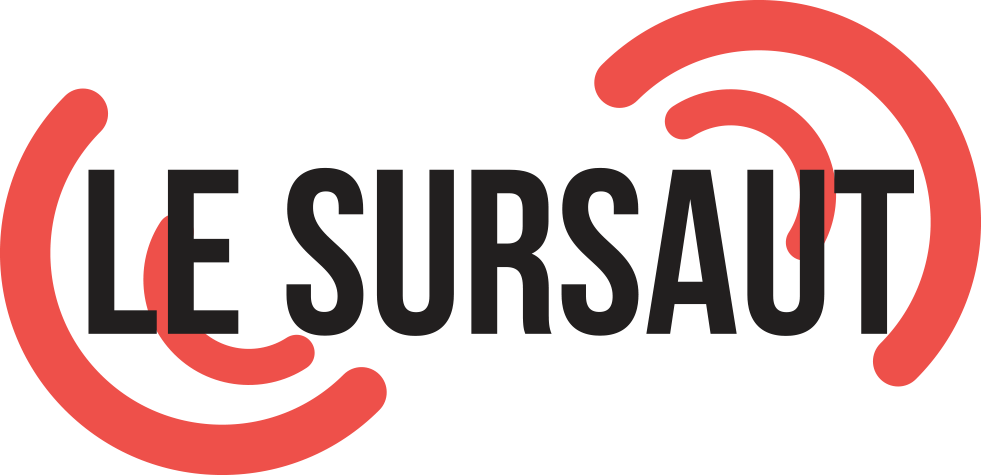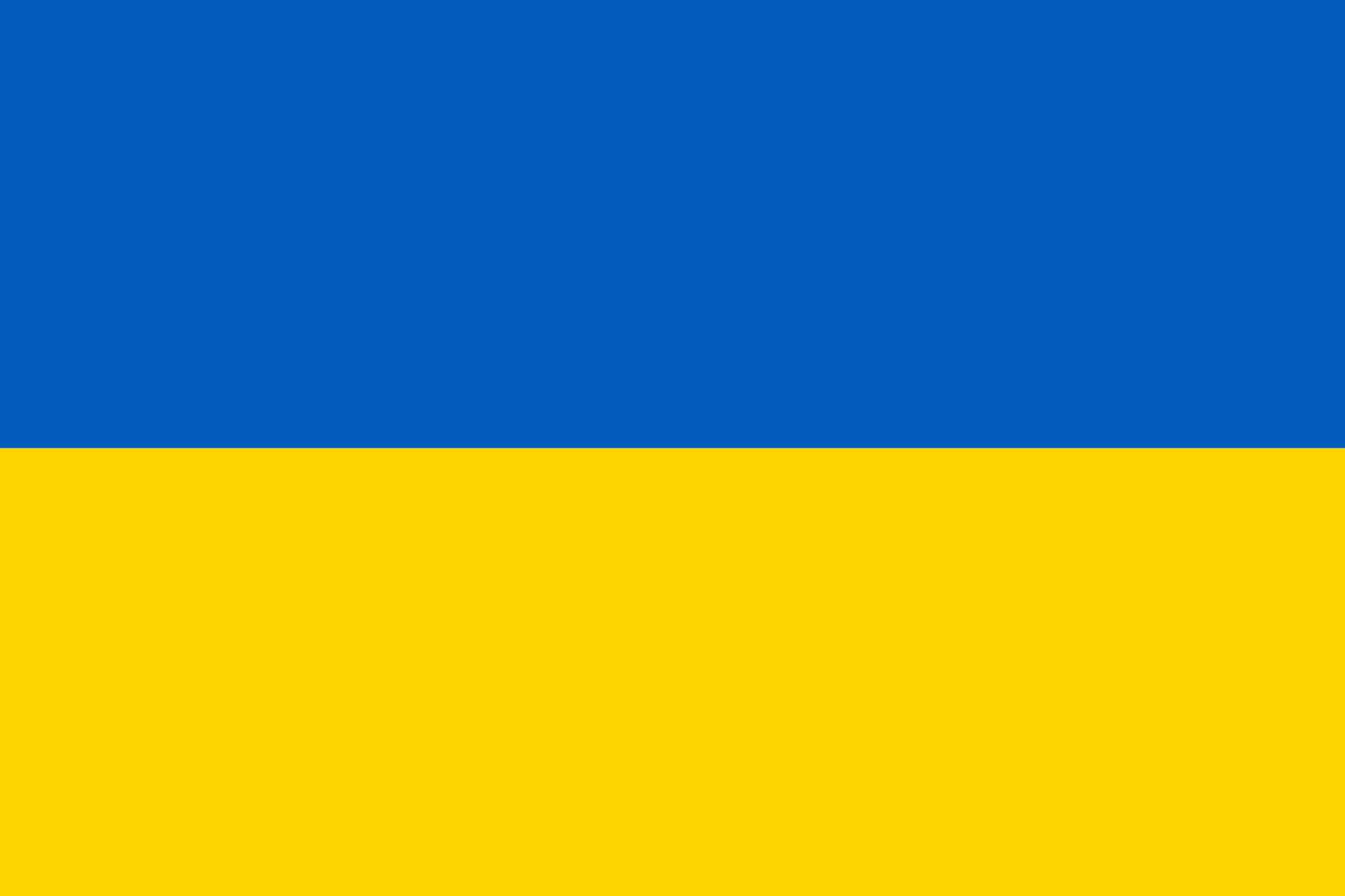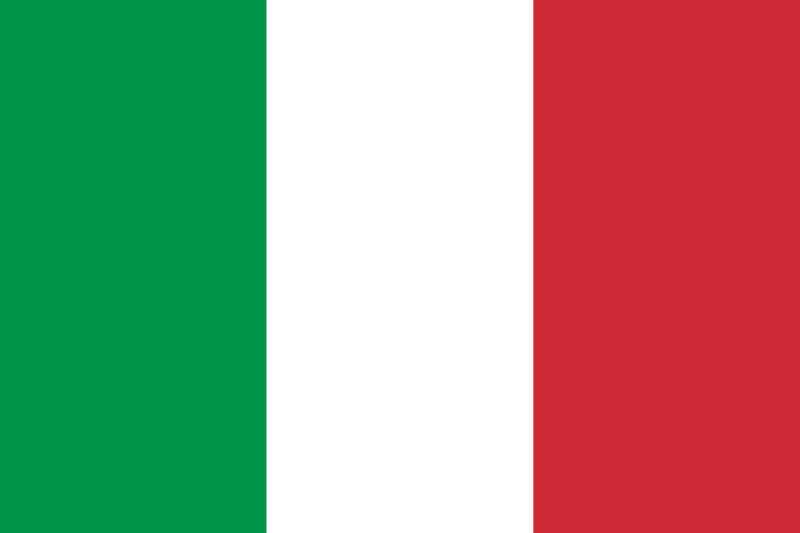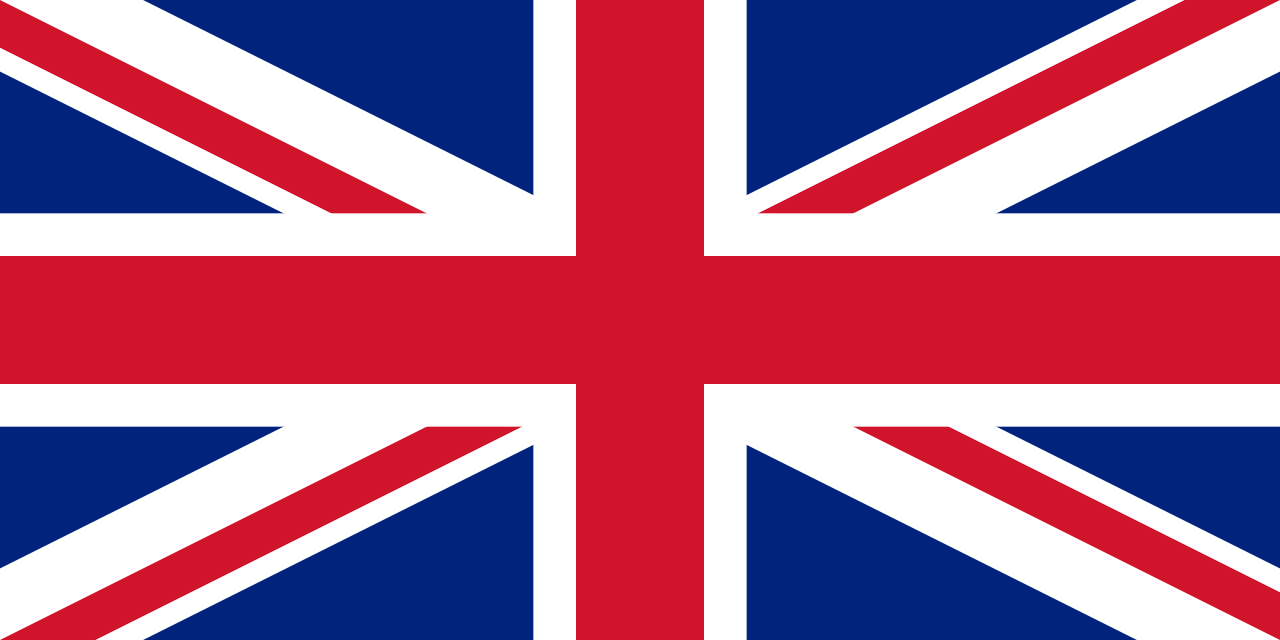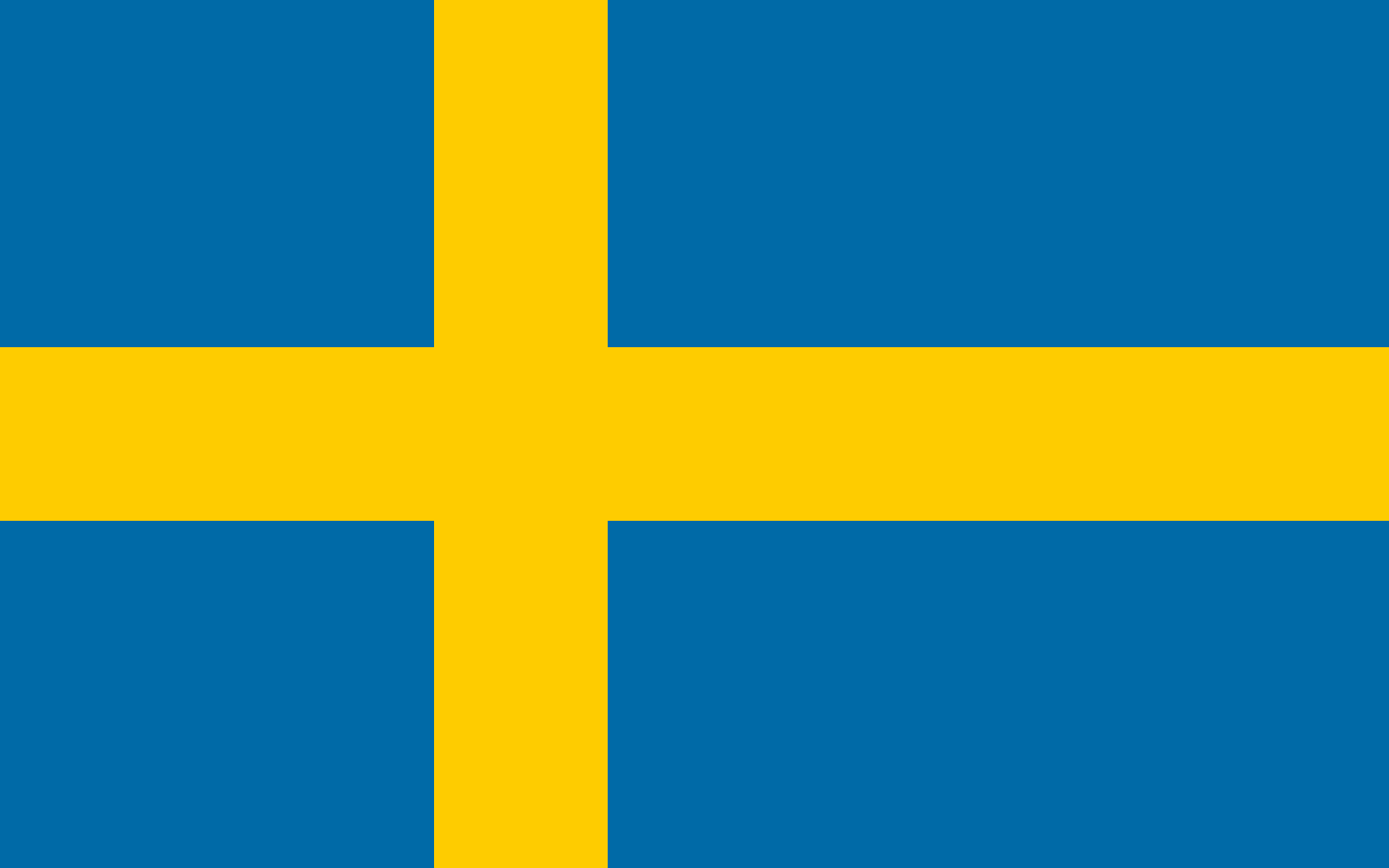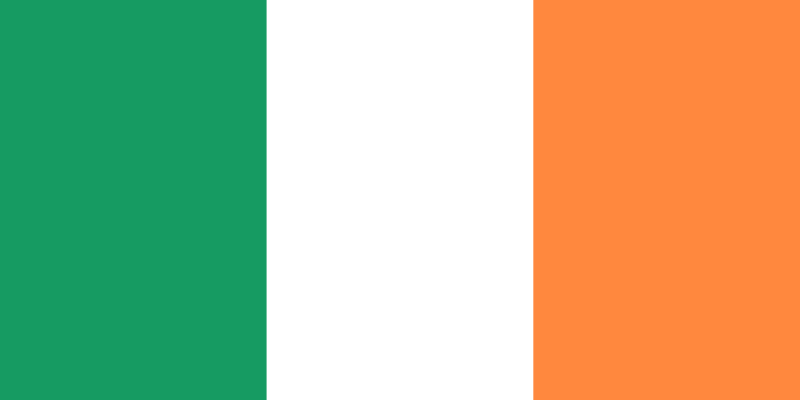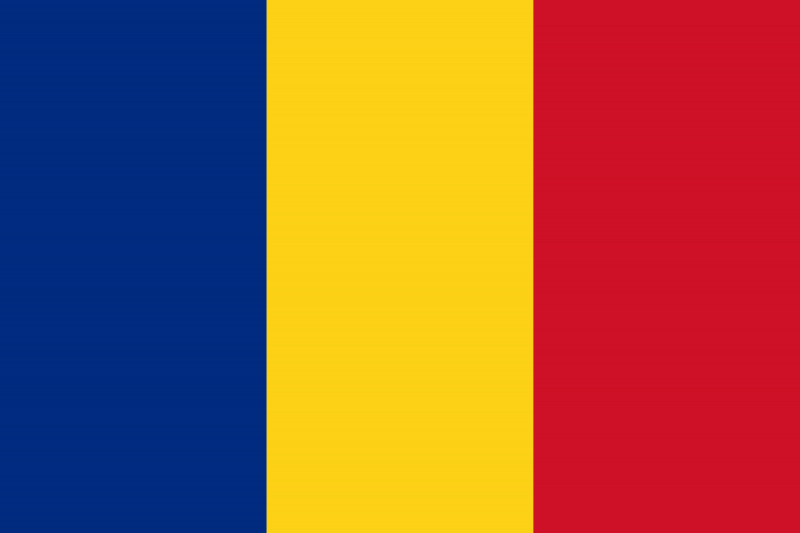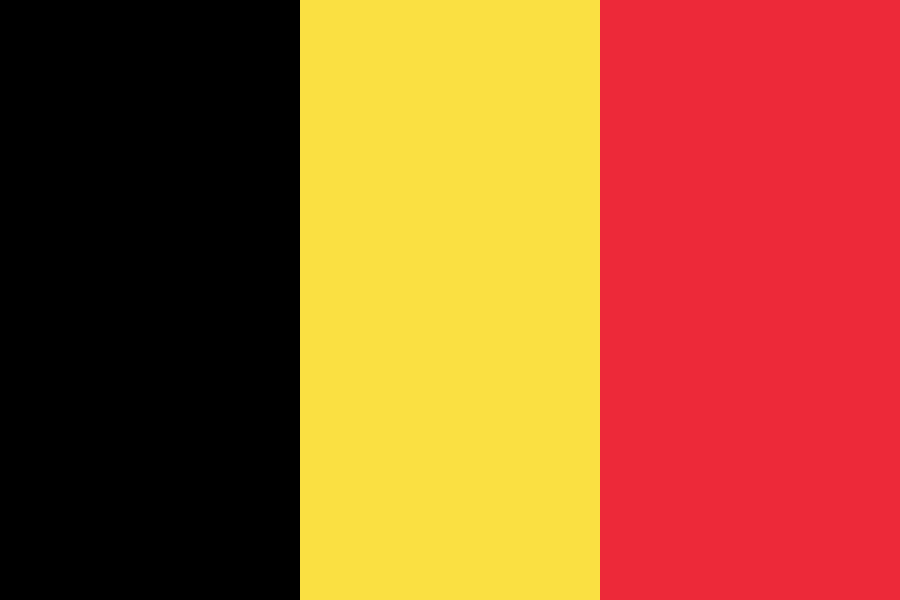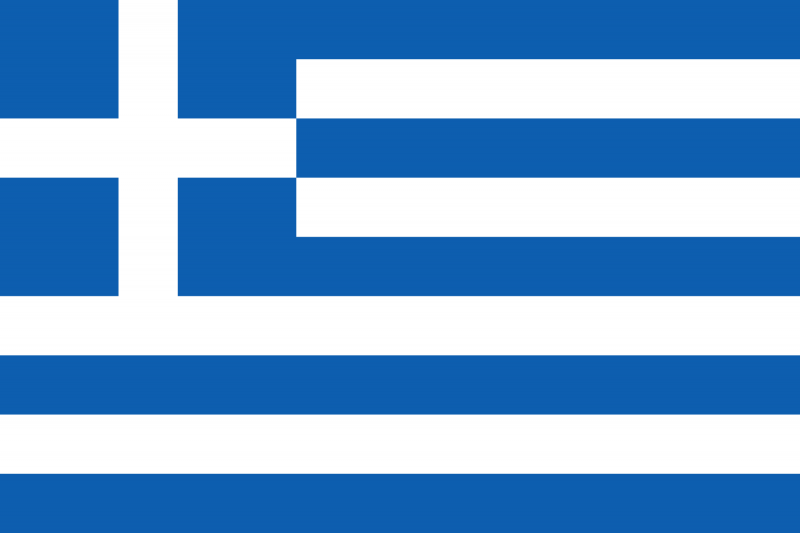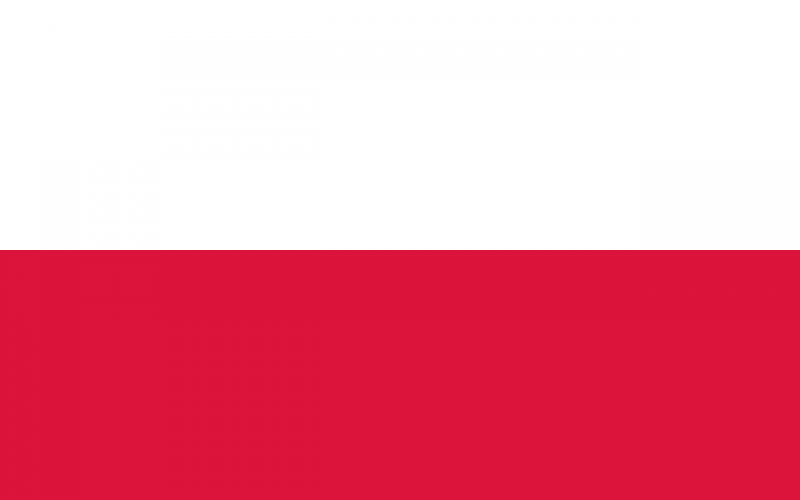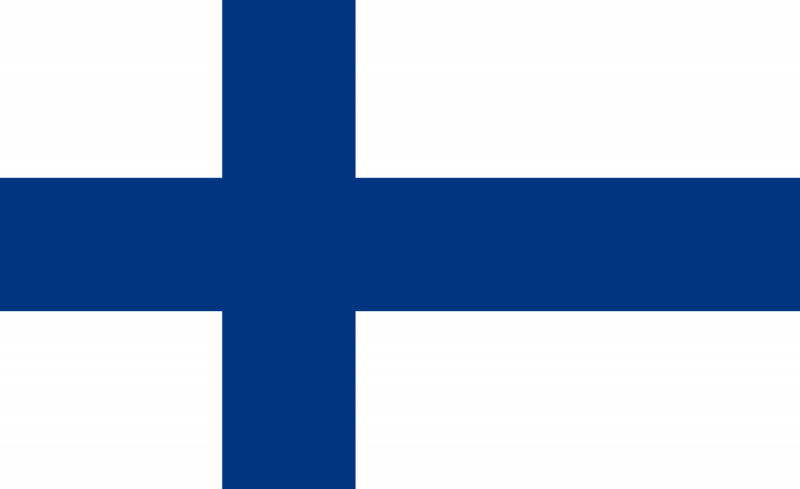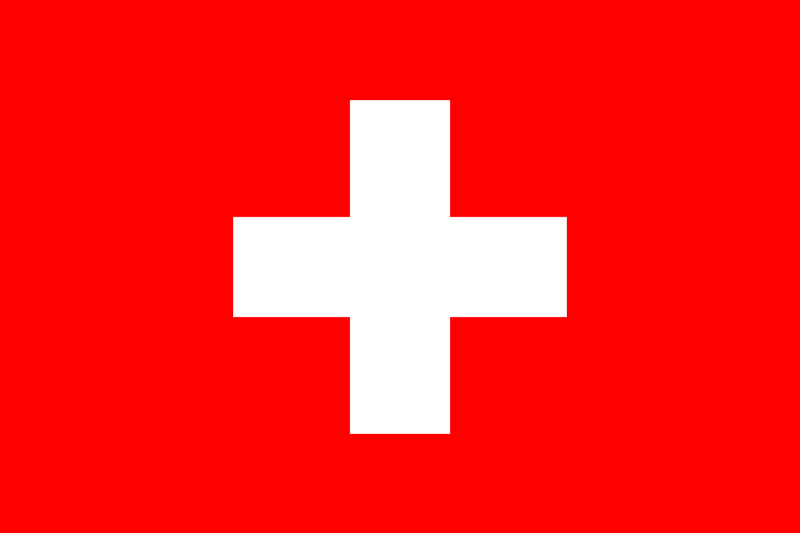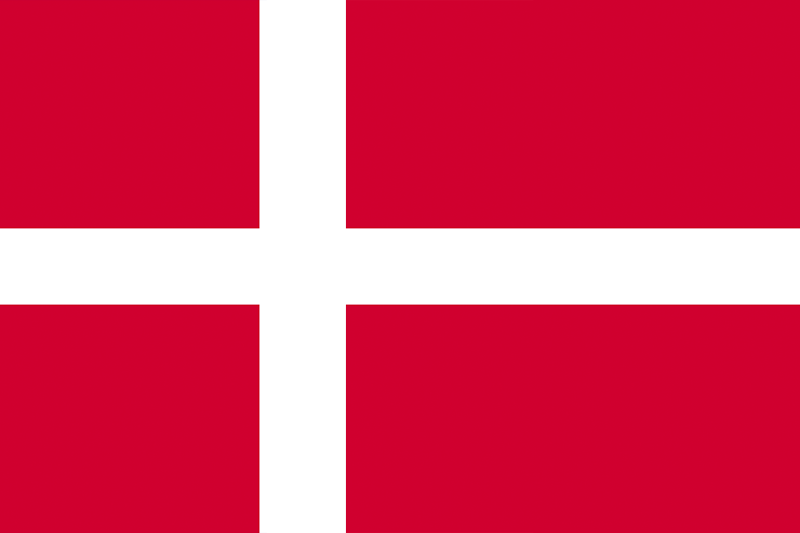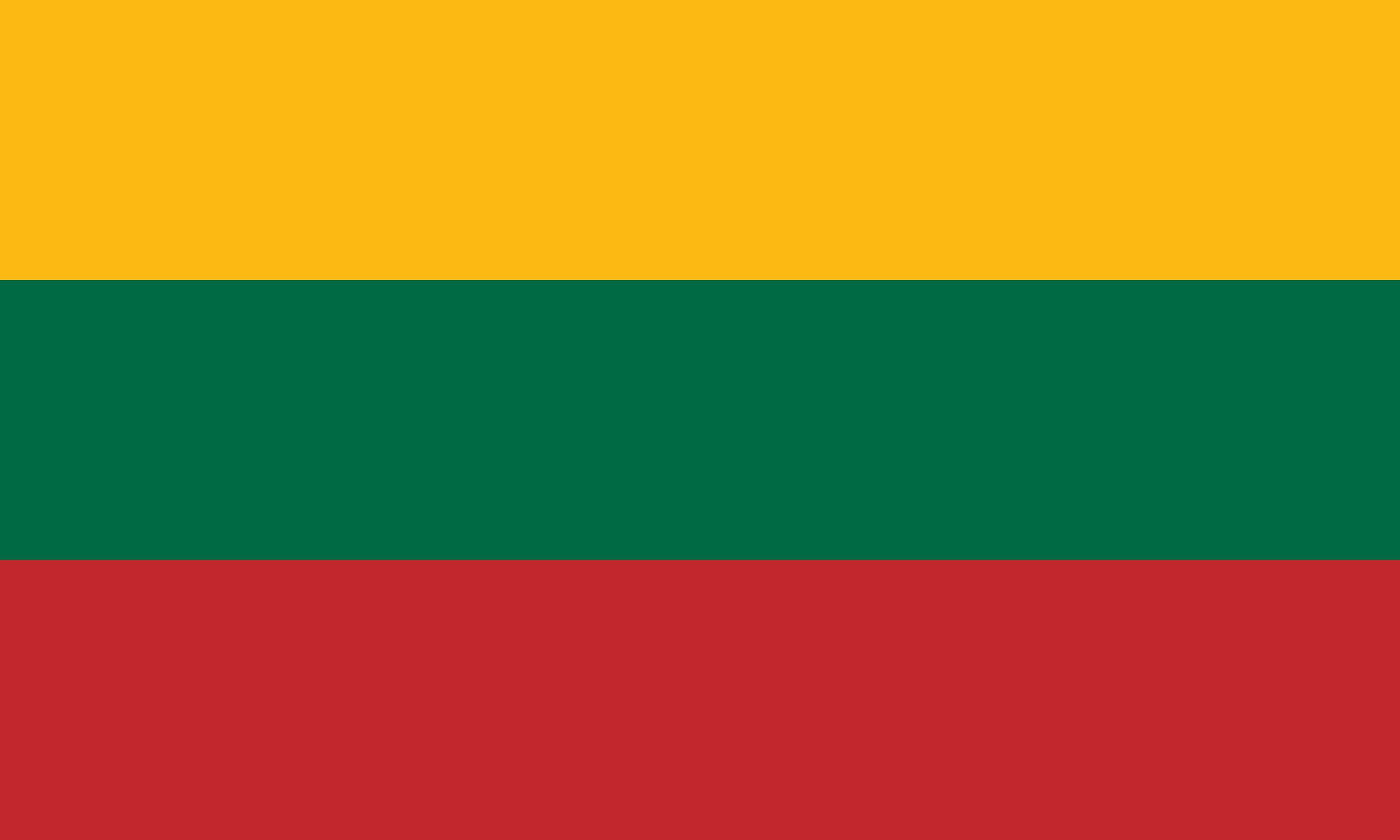 Lithuania
LithuaniaPopulism in Lithuania: what actors for what purpose?
Within a partnership with the Association of European Affairs Masters at Sciences Po.
Lithuania’s name does not usually enter the mainstream discourse on populism and extremism. Not because there are none but rather that in any available case other European countries provide a far more compelling case study.
Nonetheless, Lithuania is a rather peculiar example of how the culture of ‘hush-hush’ and that of misplaced tolerance perpetuate a constant negative outlook towards various minorities in Lithuania.
Fear of migration: economics and society
The recent refugee crisis has proved to be a great challenge to the European Union and while it did not have a direct effect on Lithuania, the general public perceives outsiders as a threat to their wellbeing. Following the resettlement deal in September, in the upcoming years Lithuania is supposed to welcome 1105 refugees. For that purpose, Lithuanian Parliament (Seimas) had to adopt a regulation permitting this resettlement and providing the clear rules of procedure. Even though the vote was positive, the discussion surrounding this measure hit a sensitive spot.
The economy of Lithuania is only recovering so fast, the austerity measures have people counting every euro in their pockets and the inevitable arrival of additional job seekers and benefit receivers highlights this trend even more. The economic inequality creates tensions within society which might erupt in unexpected ways as more coverage of refugees and migrants in Lithuania becomes available.
According to the Institute for Ethnic Studies, 82% and 86% of Lithuanians respectively fear that migrants will be the reason of social disorder and crime. Even though Lithuania is not a net immigration receiver and the percentage of the third country nationals and asylum seekers entering Lithuania is still low compared to its European counterparts, the irrational fear takes the upper hand for most part. According to the same study, 70% of Lithuanians think that there are too many migrants already and 55% believe that Lithuania should withdraw from accepting additional refugees as of now.[1]
Nationalists in Lithuania
The fear of outsiders is rooted into years and years of different historical developments in Lithuania. Having been occupied for the most of its recent history, the idea of others still evokes the irrational fear of occupation and imposition of different cultural and sociological models that create tensions within the society. It is not surprising then that nationalism still exists in Lithuania where general economic concerns are fuelled from both sides: the nationalist politics of fringe or populist parties and the general multicultural direction that the Lithuanian government is trying to follow.
“For a country which still struggles to create viable links with its Polish, Russian and Jewish minorities this open confrontation deepens the already existing societal tensions”
Fringe parties and radical movements among which Lithuanian Nationalist Union (LNU) and the Union of Nationalist Youth of Lithuania can be named are not numerous but from time to time they resurface to be covered in the mainstream media. The most popular case of their activism in Lithuania is the skinhead and nationalist marches often coinciding with the celebration of Lithuanian independence in February and March.
With the slogans of ‘Lithuania for Lithuanians’, 1,500 nationalists have marched in Vilnius on the Restoration of the Lithuanian Independence Day this year. For a country which still struggles to create viable links with its Polish, Russian and Jewish minorities this open confrontation deepens the already existing societal tensions.
The most prominent case of radicalism
The most worrisome signs of Euro scepticism and a win for radicals in Lithuania culminated in the first public referendum on the sale of land to foreigners in 2014. After becoming a member of the EU in 2004, Lithuania had a transitional period that banned the sale of land to foreigner that was supposed to be lifted in June 2014. The rally against the lift of the ban was organised by the LNU and a marginal party of Lithuanian Peasants and Green’s Union.
Their campaign succeeded in amassing 300k signatures passing the required threshold and they were allowed to proceed with the referendum. In the end, it did not matter as the turnout of the referendum was at record low, registering at around 15% but it did show that populist and radical voices can indeed convince enough people to show that their ideas are supported.
Emerging protest parties
The 2012 parliamentary elections not only have witnessed the surge of support for populist parties like Labour Party led by Viktor Uspaskich who is closely affiliated with Russia but also saw the creation of the first true protest party called the Path of Courage that managed to acquire 7,94% and obtain 7 seats in Lithuanian Seimas.[2]
Even though certain types of protest parties have already existed in Lithuania, they would usually get split off of an existing party due to internal disagreements, therefore, providing protest against the party lines. The Path of Courage that was formed immediately before the last parliamentary elections in Lithuania was a by-product of a very successful grassroots movement that touched a great number of Lithuanians not only inside the country but also abroad. The party’s main platform was the apparent corruption of Lithuanian judicial system and inability of policemen to carry justice which stemmed from the paedophile scandal that directly involved the leader of the party Neringa Venckiene.[3]
At the time of the election the tensions were running high, therefore, the success of this party did not come as a surprise. The fact that The Path of Courage dissolved into the other more established fractions within Seimas (namely, Order and Justice, Labour Party) no long after their election just proves that protest parties cannot survive long when the leader is weak and the contested issue gets forgotten by the people.
No support for radical parties
Contrary to the popular trend across Europe for both left-wing and right-wing radical parties, they gain no support in Lithuania at all. Part of this trend can be attributed to the fact that immigration in Lithuania is mostly done by our neighbouring countries. In 2014, the immigration from countries other than Russia, Ukraine and Belarus amounted to 34% of the total number[4].
Another part can be easily explained by the fact that Lithuanians are still cautious about the politicians they want to see in the parliament. Having a proportional representation system in place allows many parties to compete for the seats in Seimas and many parties to succeed in overcoming the threshold. However, when it comes to the creation of coalition, we will always see mainstream parties taking the lead.
Lithuania in the European Parliament
The internal struggle of populist and mainstream politics translates into a high number of protest votes when it comes to the European Parliament elections. Currently, 5 out of 11 Lithuanian MEPs are either openly populist, pro-Russian or pro-Polish. And most of these political figures are quite controversial in Lithuania as well:
- Viktor Uspaskich (left-wing populist, Labour Party), a known refugee to Russia and recently involved in a lawsuit on his party’s black bookkeeping in Lithuania.
- Bronis Rope (Lithuanian Peasants and Green’s Union), a staunch supporter of the referendum on the ban of land sales to foreigners.
- Valdemar Tomasevski (Electoral Action of Poles in Lithuania), a supporter of Russian symbols seen as a disloyalty and disgrace in Lithuania.
- And Rolandas Paksas (multicultural populist, Order and Justice), a former President of Lithuania (impeached in 2004) who is currently the only one of 11 Lithuanian MEPs with the close ties to the Europe of Freedom and Direct Democracy (EFDD) in the European Parliament.
It is obvious that in the case of Lithuania, populism transcends borders. And as it is an ephemeral phenomenon it is not only hard to classify it is hard to pinpoint and address. And it threateningly becomes more so. Addressing this issue will fall on the new liberal political forces that are already stirring in Lithuania.
Upcoming parliamentary elections: breaking down the vicious circle?
Unfortunately, common Lithuanians still lack most of the basic information on the role the European Union plays in Europe, Lithuania and the wider world. This political uncertainty feeds the Eurosceptical segment of the public which in turn raise many vocal supporters including regional and supranational politicians. Breaking down this circle will never be easy but it is possible. As Lithuania suffers from its old and rigid political setup, from its inability to provide citizens with necessary information on European issues and the general lack of interest outside of their electoral cycle, we will have to wait and see whether a new political force emerges in Lithuanian politics and takes the steering wheel of the last potential supporter of the European project.
However, when it comes to the polling booths, Lithuanians do not care about policies. What they do care about is the promises they were made during the election campaign. Will that ever be broken remains uncertain.
What Lithuania needs is a new generation of young and able political elite who would realise the importance of keeping the general public in the loop. The media has a role to play but as long as the news are not bringing the additional clicks, it remains to be seen whether their intervention will be useful.
Sources:
[1] See the statistics taken from The Institute for Ethnic Studies.
[2] Fondation Robert Schuman (2012): Left-wing populism in 2012 parliamentary elections, on: www.robert-schuman.eu.
[3] The Economist (2012): Lithuania’s election – Half-Time, on: www.economist.com.
[4] Migration and nationalities in Lithuania http://emn.lt/wp-content/uploads/2015/05/FINAL-policy-report.pdf.
Autres sources:
Europos migracijos tinklas (2014): Migracija ir Prieglobstis Lietuvoje 2014, on: www.emn.lt.
Maza, Cristina (2014): Multicultural Populism in Lithuania, on: www.cafebabel.co.uk.
Sytus, Andrius (2014): Lithuania Referendum to ban foreign land ownerships fails, on: www.reuters.com.
Repečkaitė, Daiva (2011): Lithuania’s Independence Day tainted by nationalist demonstrations in Kaunas, on: www.cafebabel.co.uk.
The Institute for Ethnic Studies (2016): 2015 m. visuomenės nuostatų apklausos rezultatai, on: www.ces.lt.
